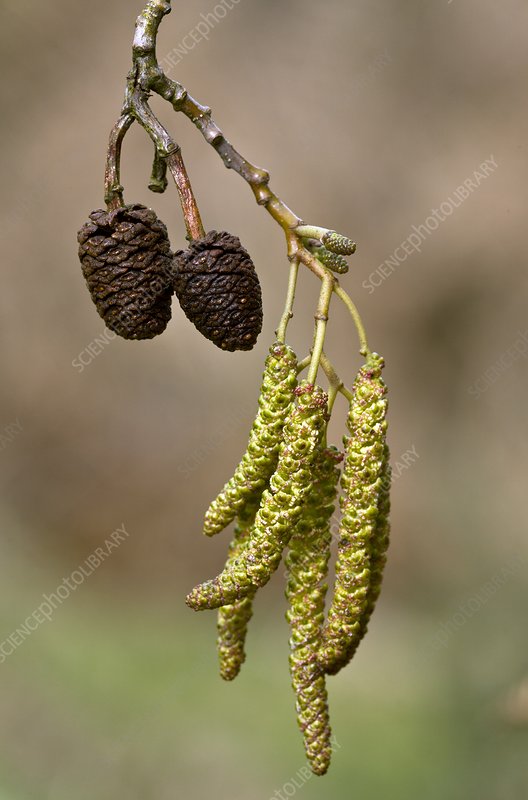#10 ITALIAN ALDER
Alnus cordata

This tree is in Mr Hammond’s Alder Pool to the W of the East Walk.
County Champion
| Distribution: | Native to the southern Apennine Mountains of Italy, Campania, Basilicata and Calabria, (mainly on western mountain sides) and the north-eastern mountains of Corsica. Introduced to Sicily and Sardinia. More recently in northern Italy and other European countries. Naturalised in Chile and New Zealand. |
| Planting Date: | 1917 |
| Appearance: | It is a medium-sized tree growing up to 25 m. |
| Growth Habit: | It has three natural growing shapes: 1) Along rivers with room to grow and plenty of water one base will often give rise to four to six stems, which fan out at some ten degrees from vertical. 2) In open meadows near rivers or marshy ground, flooding can cause trees to angle or tilt over. Over time they grow natural bends to return the upper trunk to vertical. Not uncommon to find S shapes arising from two tilting events. 3) In groves of multiple trees, they grow thinner and straighter making a renewable source of straight timber good for woodwork |
| Bark: | Rough |
| Leaf: | The leaves are deciduous but with a very long season in leaf, from April to December. They are alternate, cordate (heart-shaped), rich glossy green, 5 cm to 12 cm long, with a finely serrated margin. |
| Flowers: | The slender cylindrical male catkins are pendulous, reddish and up to 10 cm long. Pollination occurs in early spring, before the leaves emerge. The female catkins are ovoid, when mature in autumn 2 cm to 3 cm long and 1.5 cm to 2 cm broad, dark green to brown, hard, woody and, superficially, similar to some conifer cones The small, winged seeds disperse through the winter, leaving the old woody, blackish ‘cones’ on the tree for up to a year. |
| Tree height and girth in 2023 | Height 27m and girth 226 cm |
| Uses: | Highly durable. The tree produces valuable reddish-orange wood that breaks down when exposed to alternating dry and damp air. But is highly durable when kept wet or dry. In the construction of Venice, it was used for the original piles. In air-conditioned buildings it has a reputation for maintaining a smooth and naturally shiny finish. The timber is liked by carpenters and used for turning and carving, for moulding, furniture, paneling and plywood. |
| Introduction Date: | 1820 |
| Anecdotes and Comments: | From Mr Hammond’s planting book ‘A horse ate the bark in 1919’ Rated County champion in 2023 by height and girth by The Tree Register. Alders improve soil fertility through symbiotic nitrogen fixation with the bacteria Actinomyces alni. It thrives on much drier soils than most other alders, and grows rapidly even under very unfavourable circumstances, which renders it extremely valuable for landscape planting on difficult sites. Commonly grown as a windbreak. AGM 1993 |